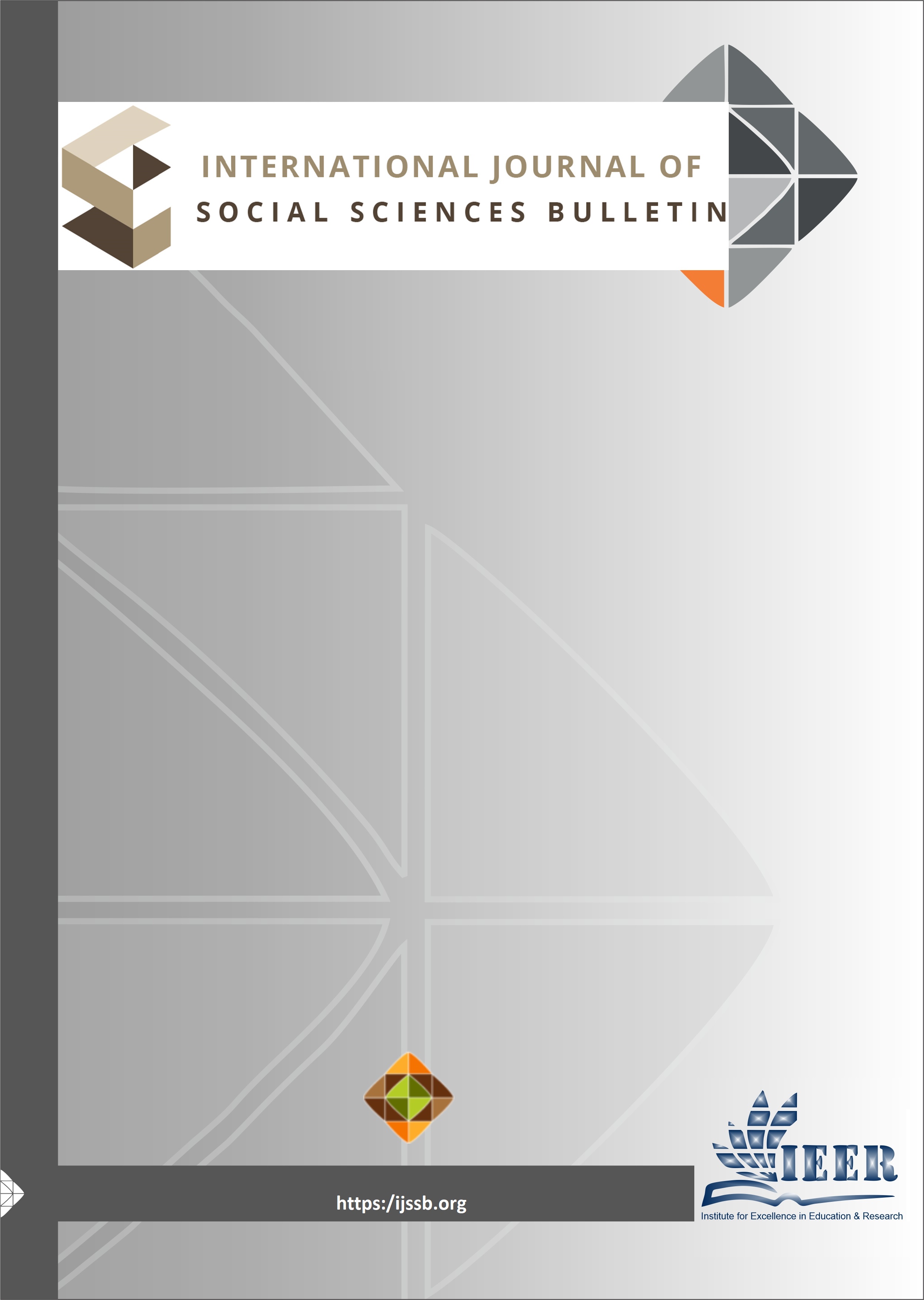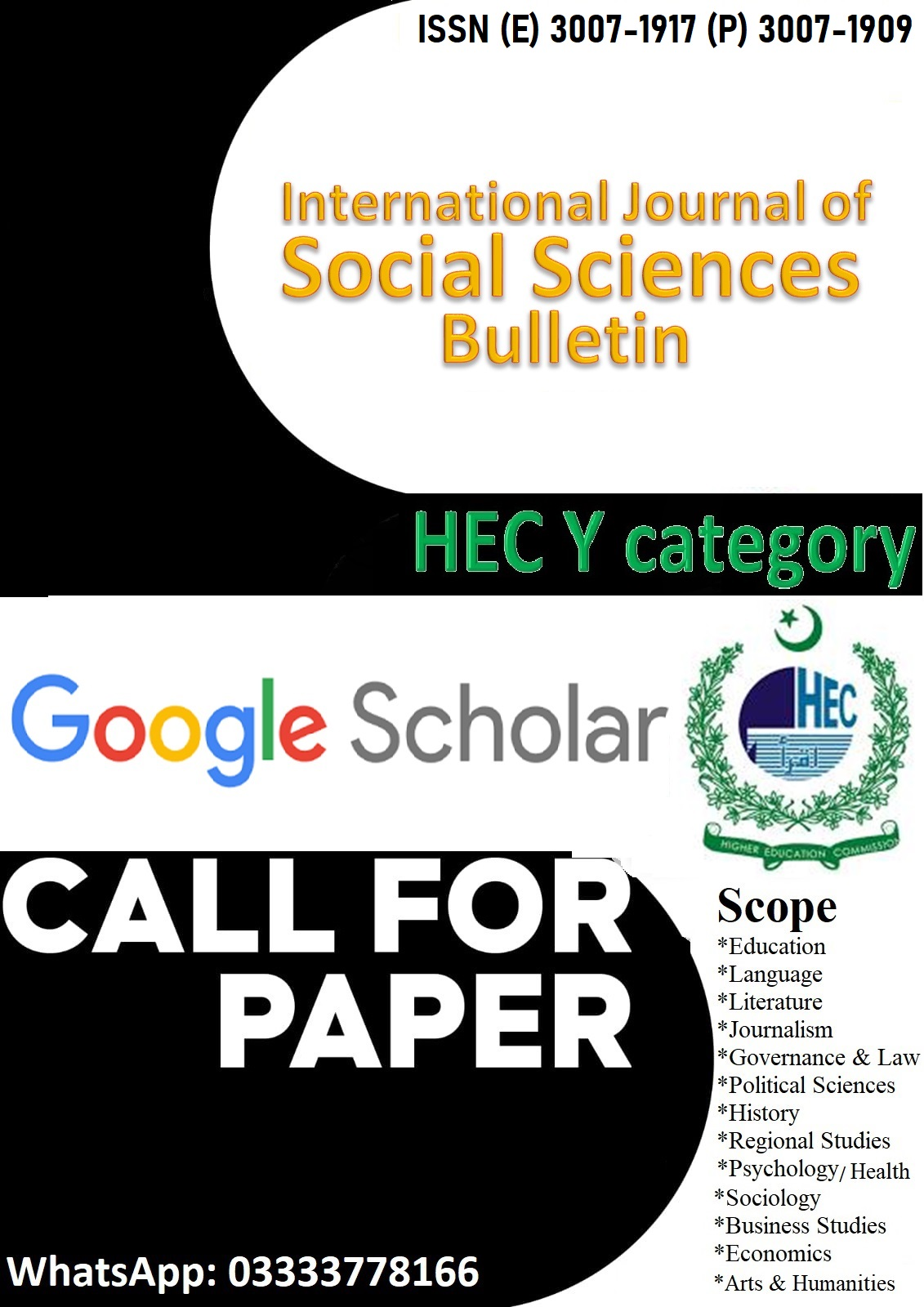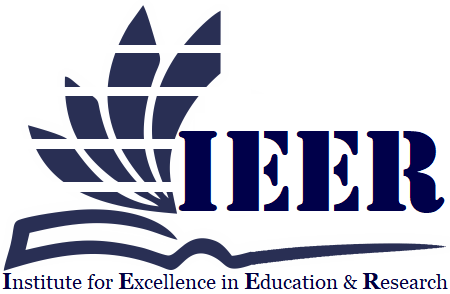THE IMPACT OF EMOTIONAL INTELLIGENCE ON WORKPLACE HAPPINESS AND PERFORMANCE: THE ROLES OF CORE SELF- EVALUATIONS, INCLUSIVE LEADERSHIP, AND ORGANIZATIONAL CULTURE IN PAKISTAN’S GARMENT SECTOR: A MULTIMEDIATOR- MODERATOR MODEL
Keywords:
Emotional Intelligence, Organizational Culture, Core Self-evaluations, Inclusive Leadership, Garment Sector, Workplace HappinessAbstract
The aim of the study was to find out the understanding of emotional intelligence, its importance in self-management and its impact on one's own well-being at work. Quantitative approaches were used as research methods. Using a structured research framework, data was collected from 150 HR professionals and analyzed using Smart PLS software. The theoretical framework of the thesis deals with emotional intelligence as a concept and its sub-areas, Inclusive leadership and Organizational Culture in Pakistan’s Garment Sector. Emotional intelligence has been discussed through Goleman's emotional intelligence model, which includes five sub-areas, which are self- awareness, self-control, motivation, empathy and social skills. This is also related to emotional leadership and self-leadership from a leadership perspective, which are also discussed in the theory. The results of the study revealed that managers consider emotional skills and emotional intelligence to be particularly important management tools and utilize them in their work. Based on the study, it can be stated that emotional skills, such as empathy, are somewhat more natural to managers and they know how to utilize them in their work better than other managers.
Downloads
Published
Issue
Section
License
Copyright (c) 2025 Syeda Nazneen Waseem, Eraj Imtiaz (Author)

This work is licensed under a Creative Commons Attribution-NonCommercial-NoDerivatives 4.0 International License.

















